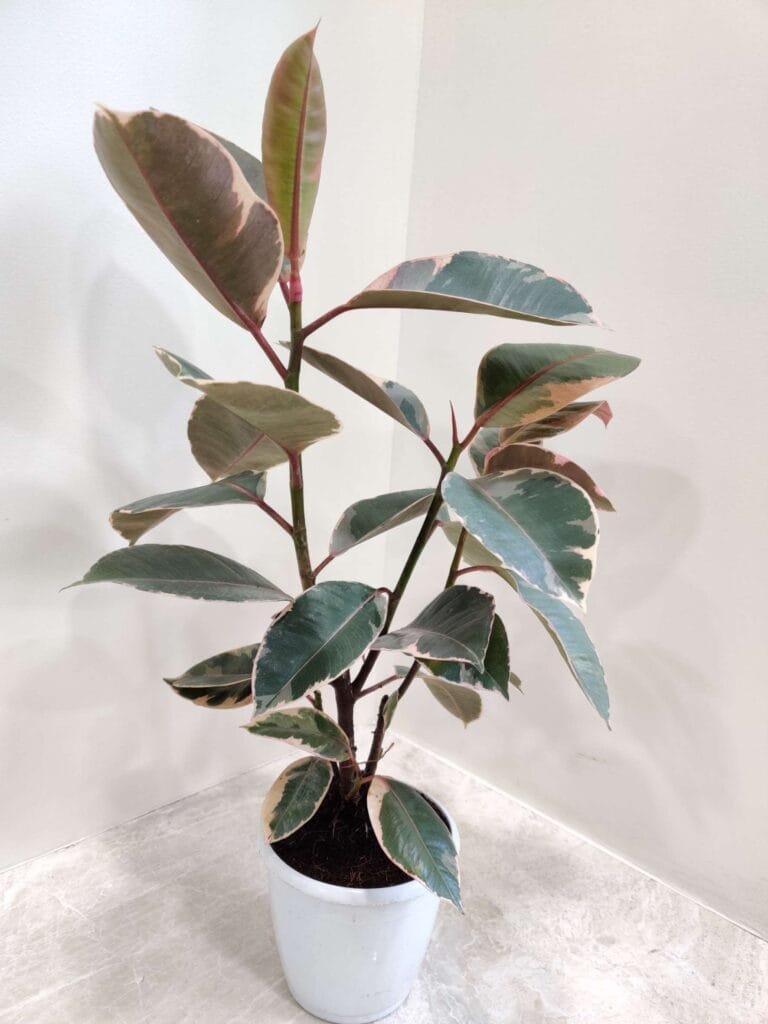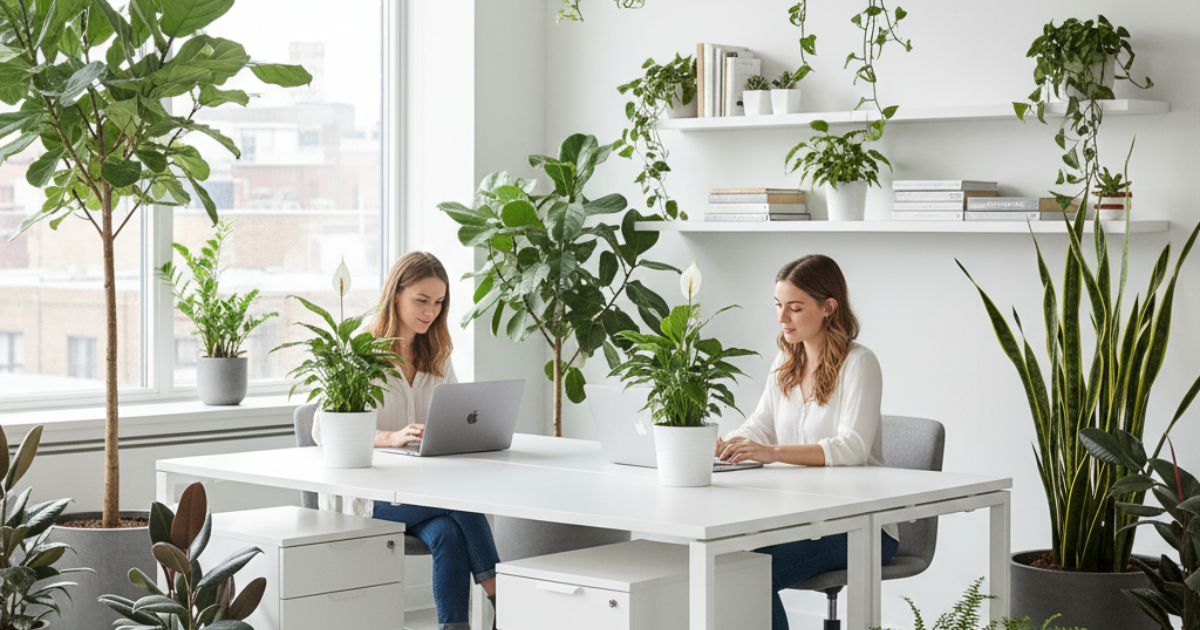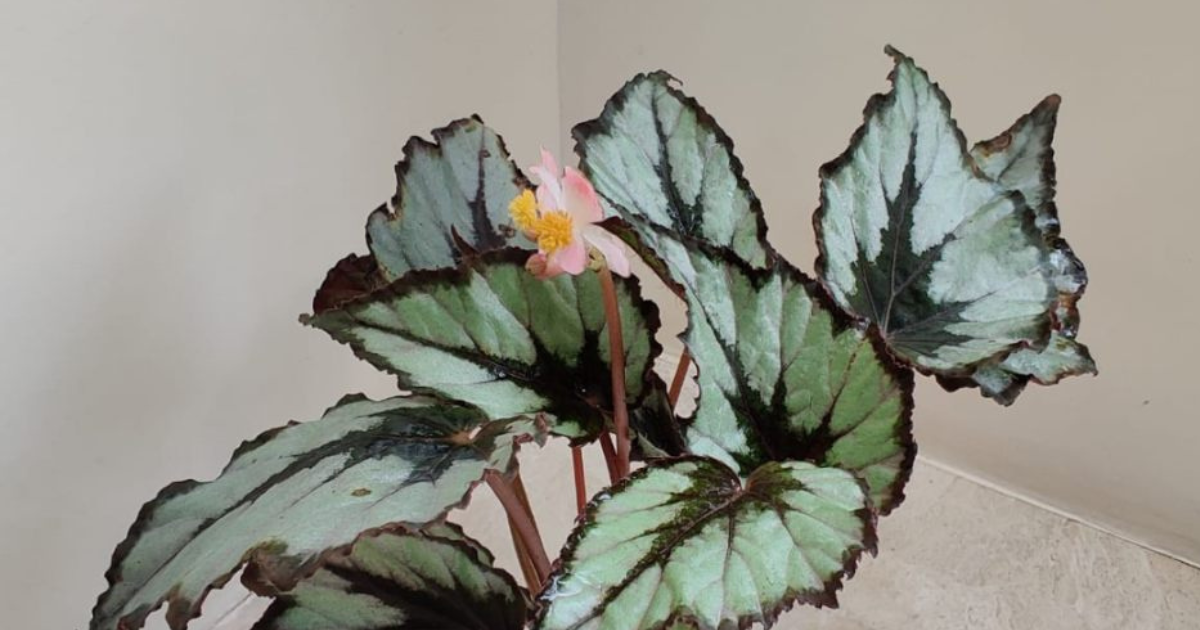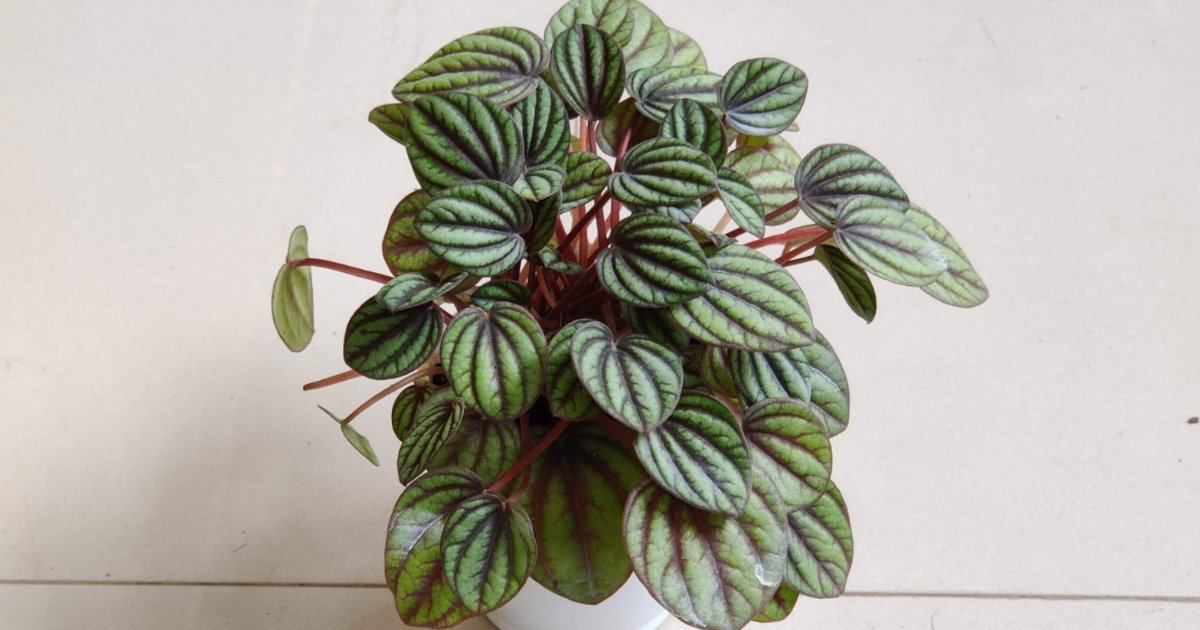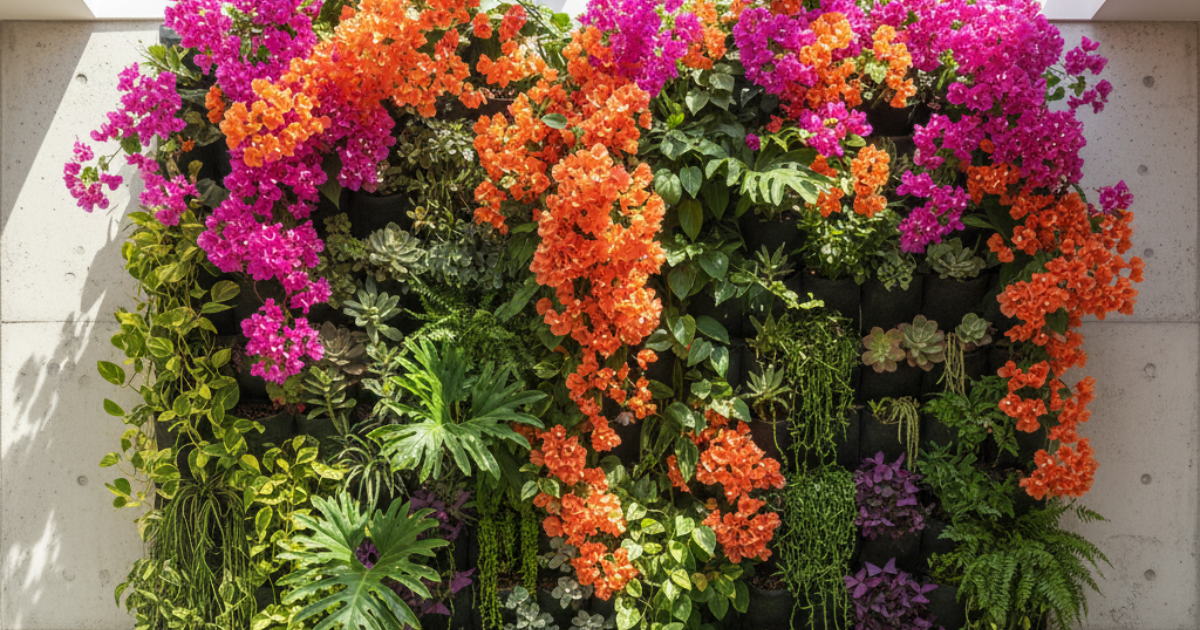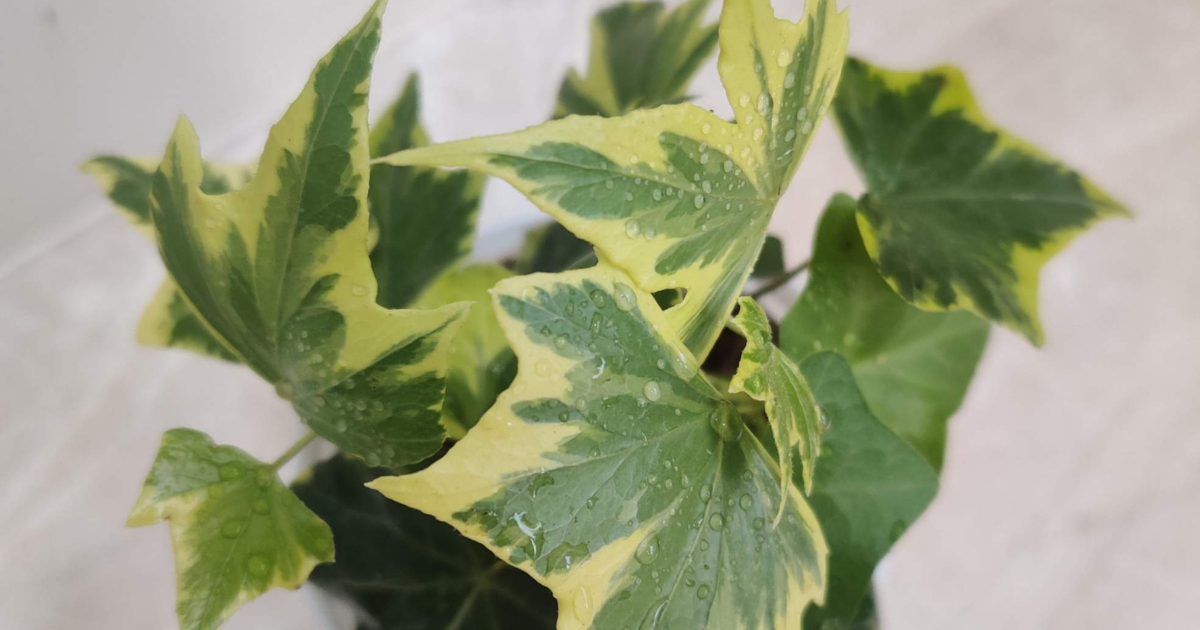If you’ve ever glanced at a dim corner in your home or workplace and thought, “This space needs a touch of life,” you’re not alone. Indoor plants for office spaces are the perfect way to bring vibrant greenery into areas where natural light is scarce. Whether you’re working in a windowless cubicle, decorating a north-facing apartment, or simply refreshing a shadowy nook, these low-light indoor plants thrive with minimal care while instantly uplifting your environment.
This guide will help you choose the best low-light indoor plants, teach you how to care for them, and explain the many benefits they bring—backed by science.
Why Choose Low-Light Indoor Plants?
Not every living space is blessed with bright, sunny windows. Many modern homes and offices have limited natural light, making them less suitable for sun-loving plants. Fortunately, low-light plants are naturally adapted to thrive in shaded forest understories or indirect light conditions.
Key Benefits:
Low Maintenance: Ideal for busy people who can’t commit to high-maintenance greenery.
Adaptability: Perfect for areas with minimal sunlight.
Air Purification: Many low-light plants remove harmful toxins from the air, including formaldehyde, benzene, and trichloroethylene, as shown in NASA’s Clean Air Study.
Stress Reduction: Studies show plants can lower stress levels and improve mood.
Productivity Boost: Offices with plants see up to a 15% increase in productivity.
1. ZZ Plant (Zamioculcas zamiifolia) – The Ultimate Low-Light Survivor


The ZZ plant is one of the most low-maintenance houseplants available. Known for its glossy, deep-green leaves, this plant can tolerate neglect and requires very little light. It’s perfect for dim hallways, offices, and corners that receive minimal sunlight.
- Light: Partial shade to full shade
- Watering: Allow soil to dry out completely between waterings
- Size: Can grow up to 3-4 feet indoors
- Bonus: It helps purify the air by removing toxins like xylene and toluene.
2. Snake Plant (Sansevieria trifasciata) – The Hardy Green Companion

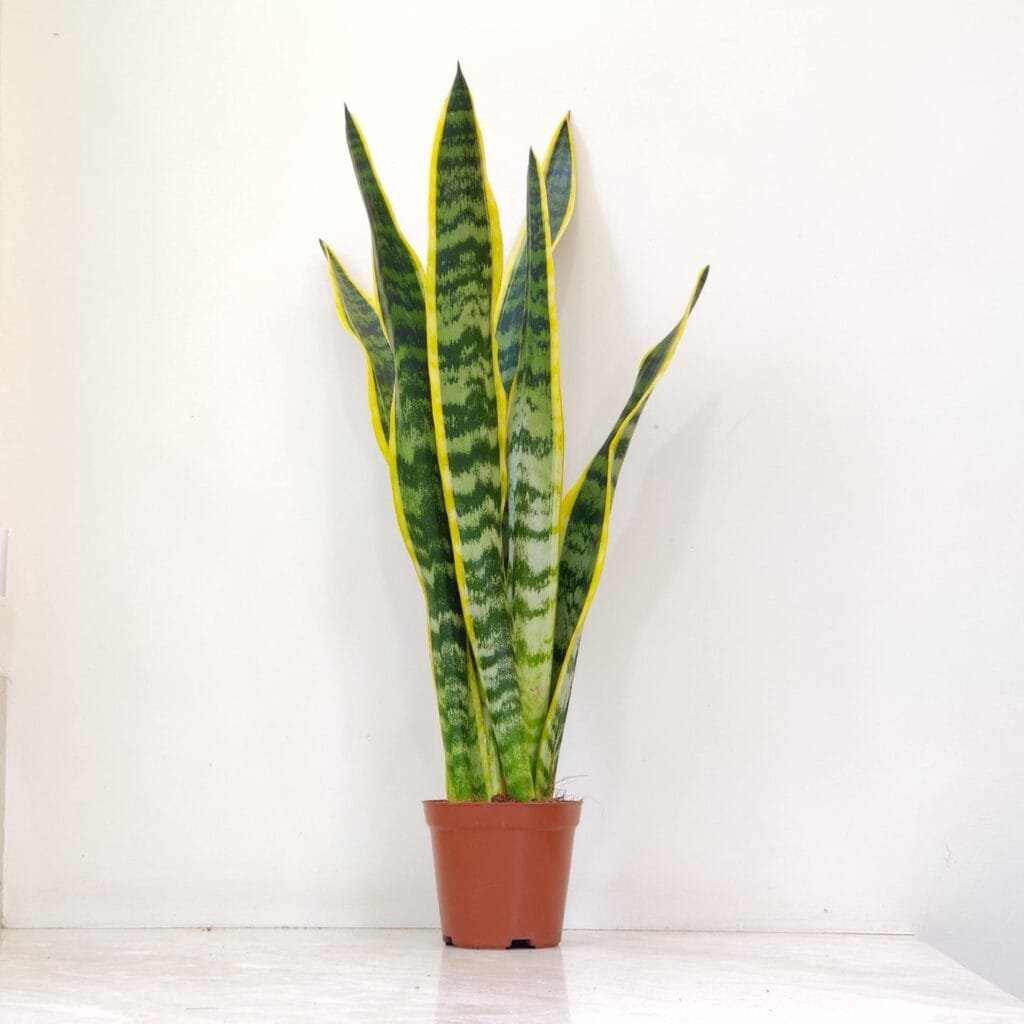
Also known as Mother-in-Law’s Tongue, the Snake Plant is an ideal choice for low-light areas. It has stiff, upright leaves with beautiful variegated patterns and can survive weeks without water.
- Light: Tolerates low light but prefers indirect sunlight
- Watering: Allow the soil to dry out completely before watering
- Size: Can reach up to 8 feet, but grows slowly indoors
- Bonus: Produces oxygen even at night, making it a great bedroom plant.
3. Golden Pothos (Epipremnum aureum) – The Easy Trailing Vine
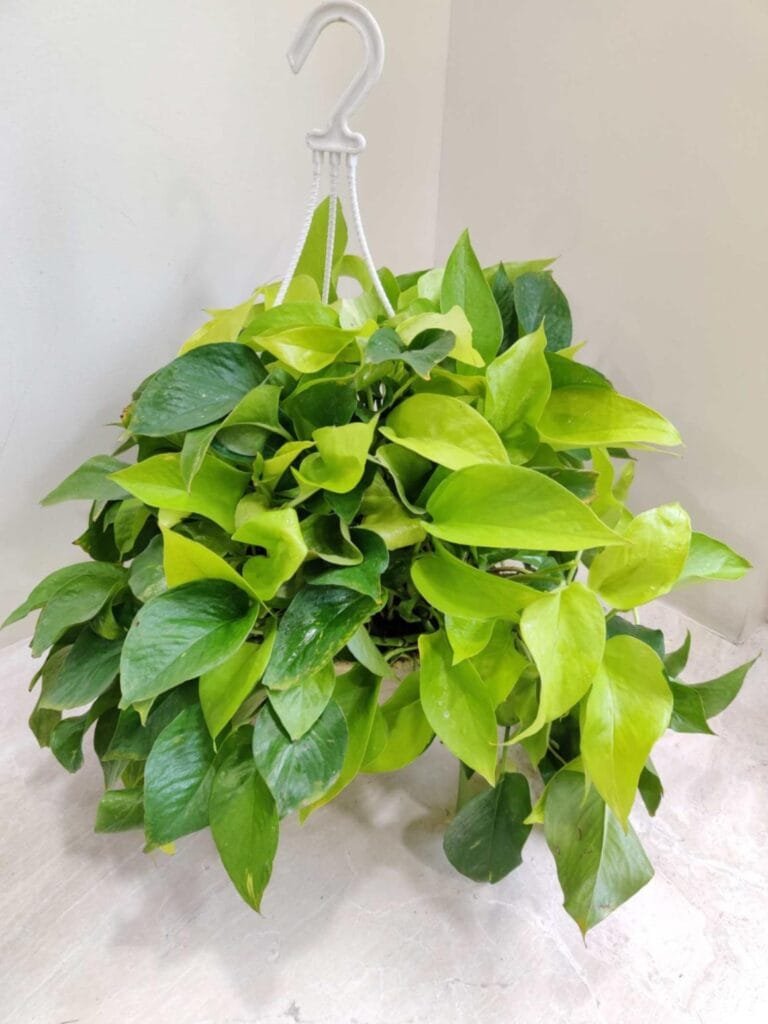
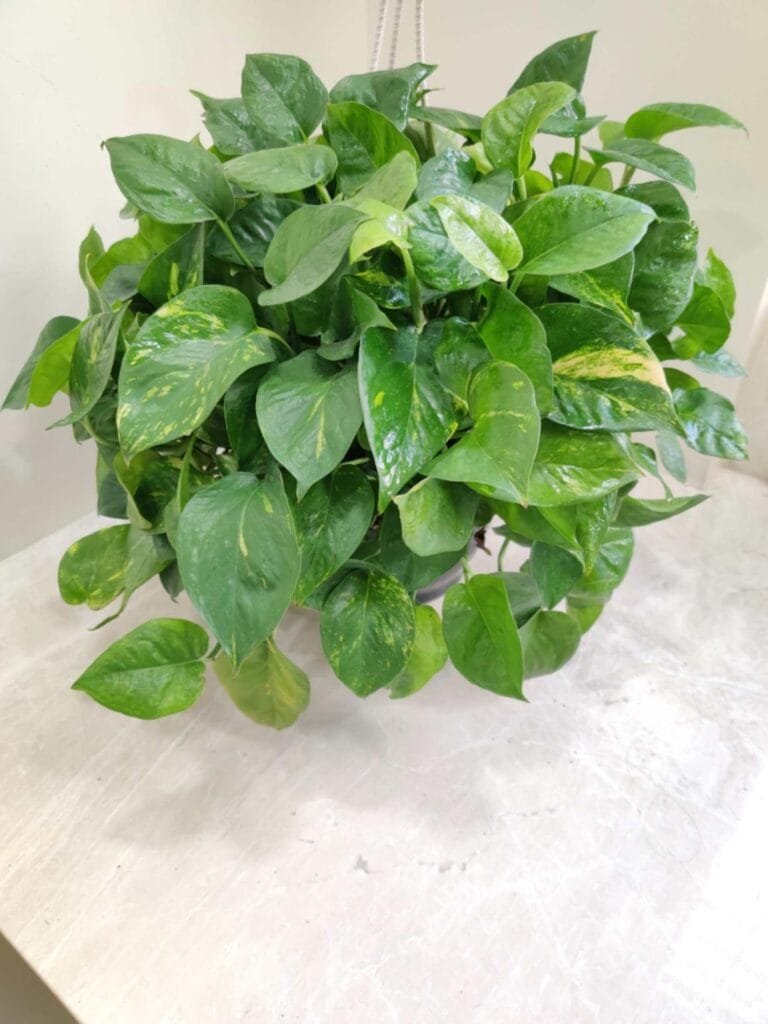
The Golden Pothos, or Devil’s Ivy, is a trailing vine that can thrive in almost any light condition, including low light. This plant is famous for its air-purifying properties and cascading vines, making it perfect for shelves or hanging planters.
- Light: Partial to full shade
- Watering: Allow the top 2 inches of soil to dry out between waterings
- Size: Vines can grow several feet long
- Bonus: One of the easiest plants to propagate—just cut a vine and place it in water!
4. Spider Plant (Chlorophytum comosum) – The Resilient Beauty

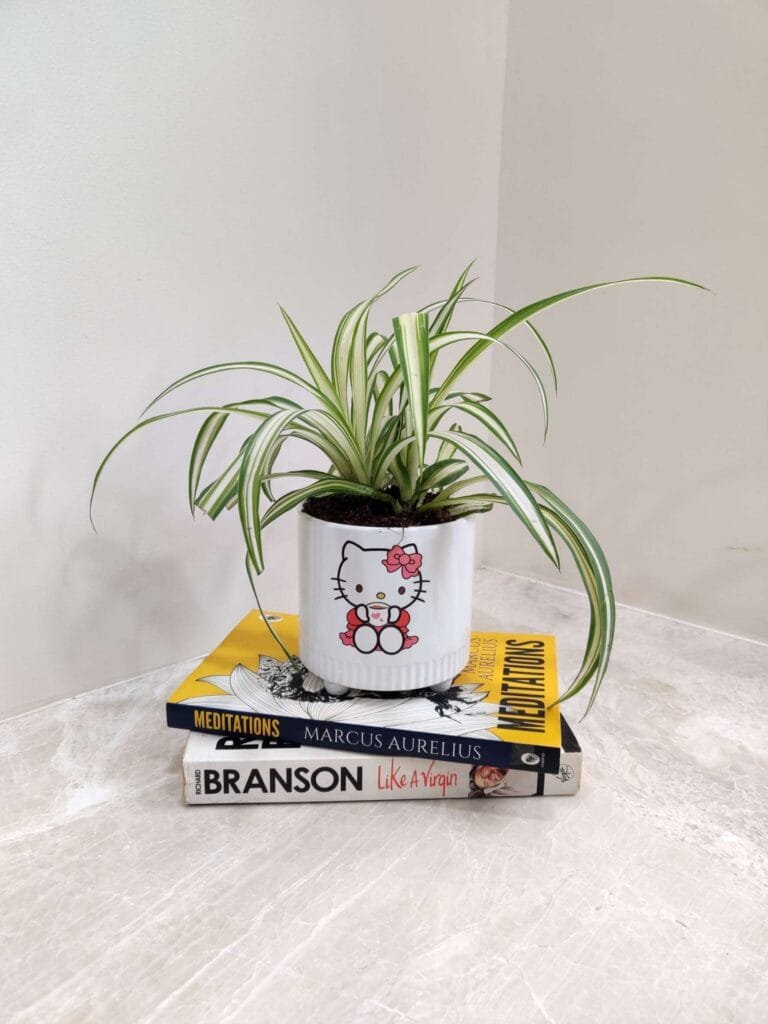
Popular since the 1970s, the Spider Plant is a hardy houseplant that adapts well to low light. It produces offshoots with baby plants that you can propagate easily.
- Light: Prefers partial shade
- Watering: Allow the top 2 inches of soil to dry out before watering
- Size: Grows 12-15 inches tall
- Bonus: Absorbs harmful toxins like formaldehyde and carbon monoxide.
5. Dragon Tree (Dracaena marginata) – The Elegant, Low-Maintenance Plant
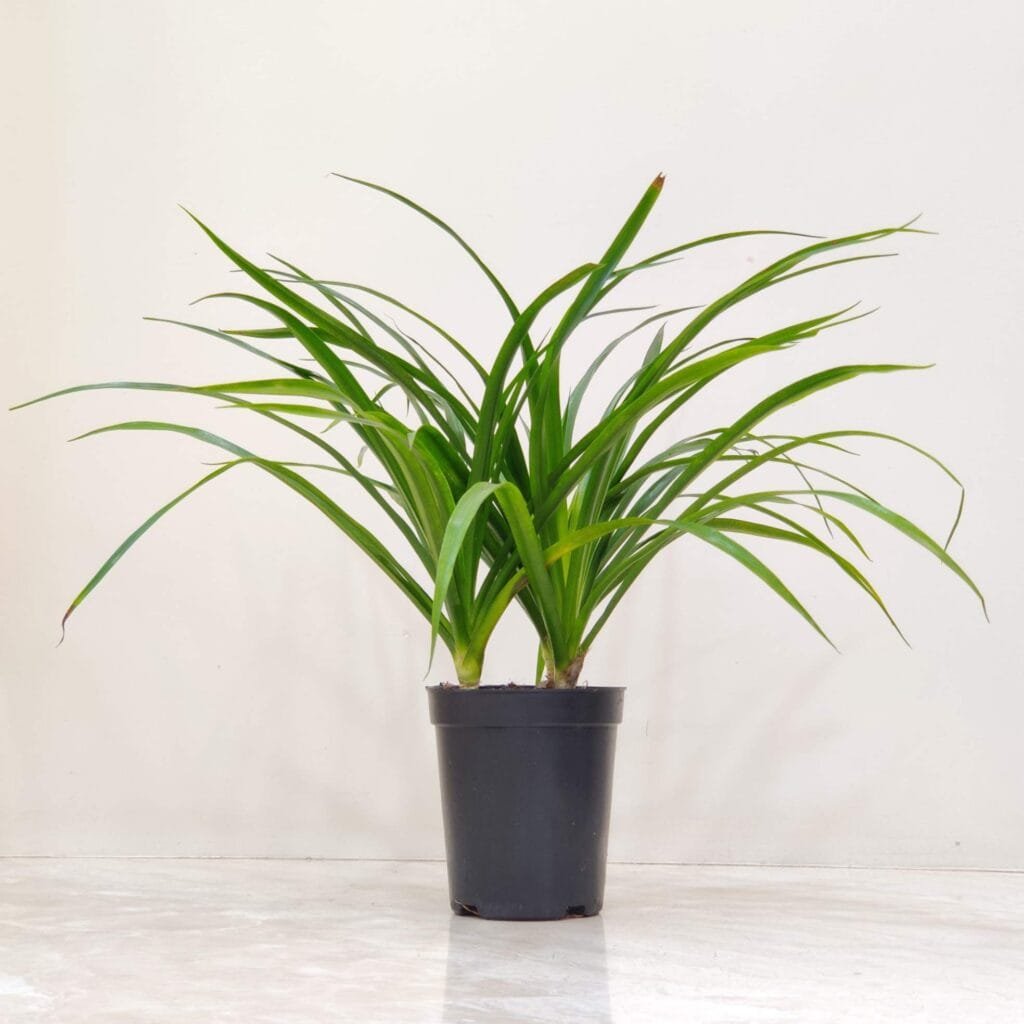
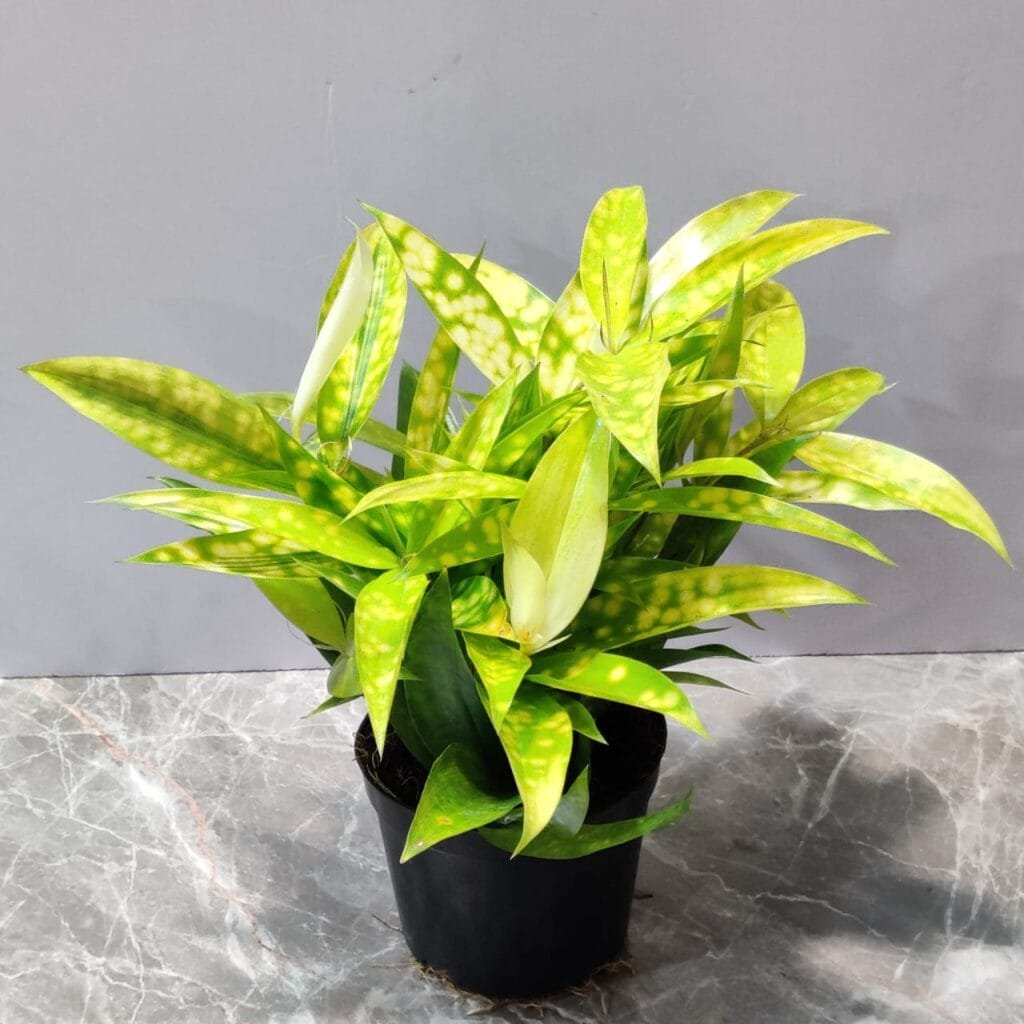
The Dragon Tree is a striking plant with slender, spiky leaves. It does best in indirect light but can tolerate low-light conditions, making it a great office or living room plant.
- Light: Partial shade or indirect light
- Watering: Let the soil dry between waterings
- Size: Can grow up to 6 feet indoors
- Bonus: Pet-friendly and great for adding height to your indoor plant collection.
6. Nerve Plant (Fittonia albivenis) – The Colorful Mini Plant
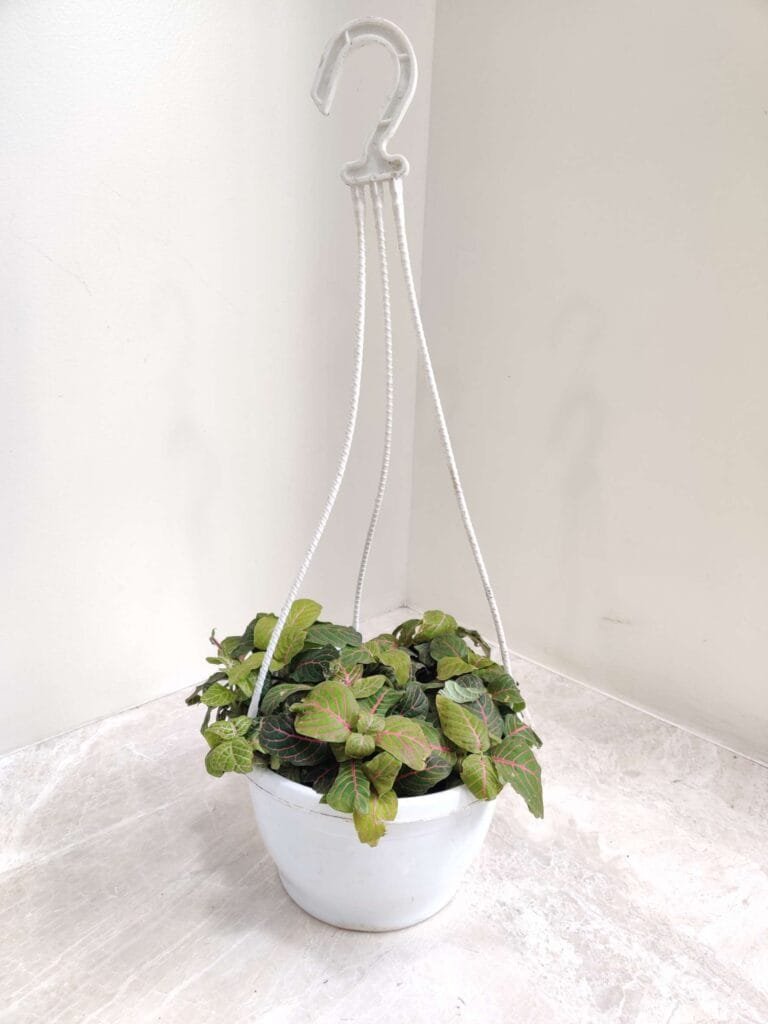
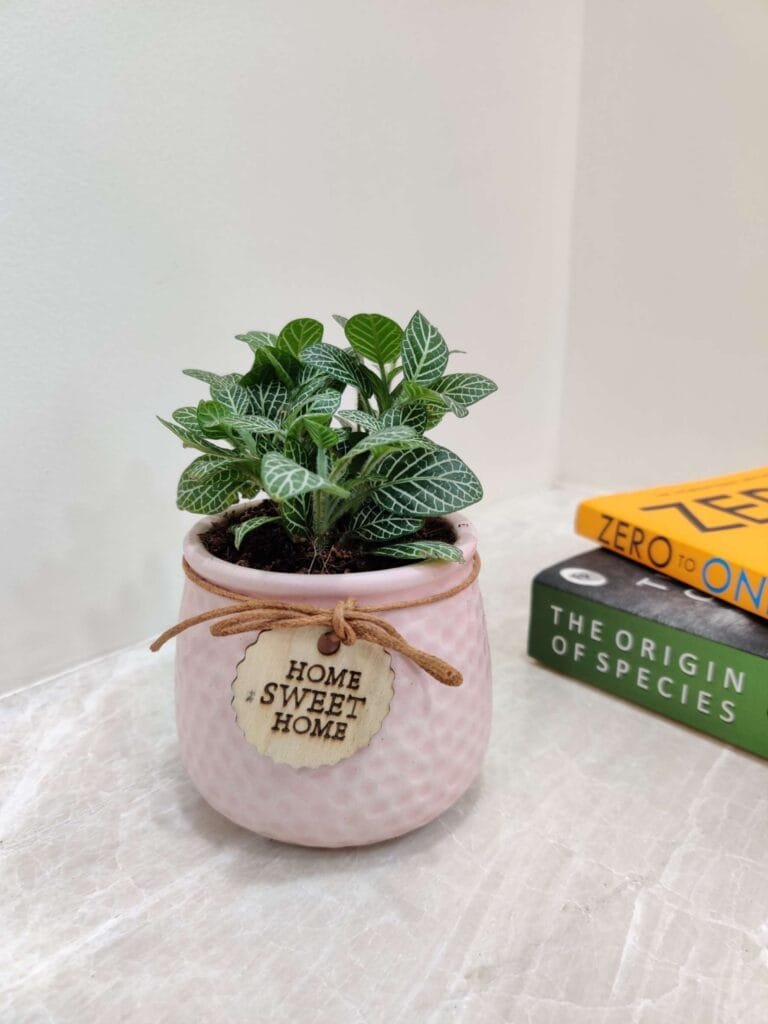
The Nerve Plant is a small, vibrant houseplant with eye-catching leaves that come in shades of pink, red, green, and white. It thrives in humidity and is often grown in terrariums.
- Light: Partial shade to bright light
- Watering: Keep the soil slightly moist but avoid overwatering
- Size: Up to 8 inches tall
- Bonus: Wilts dramatically when thirsty, but perks up quickly after watering!
7. Heartleaf Philodendron (Philodendron hederaceum) – The Classic Indoor Vine

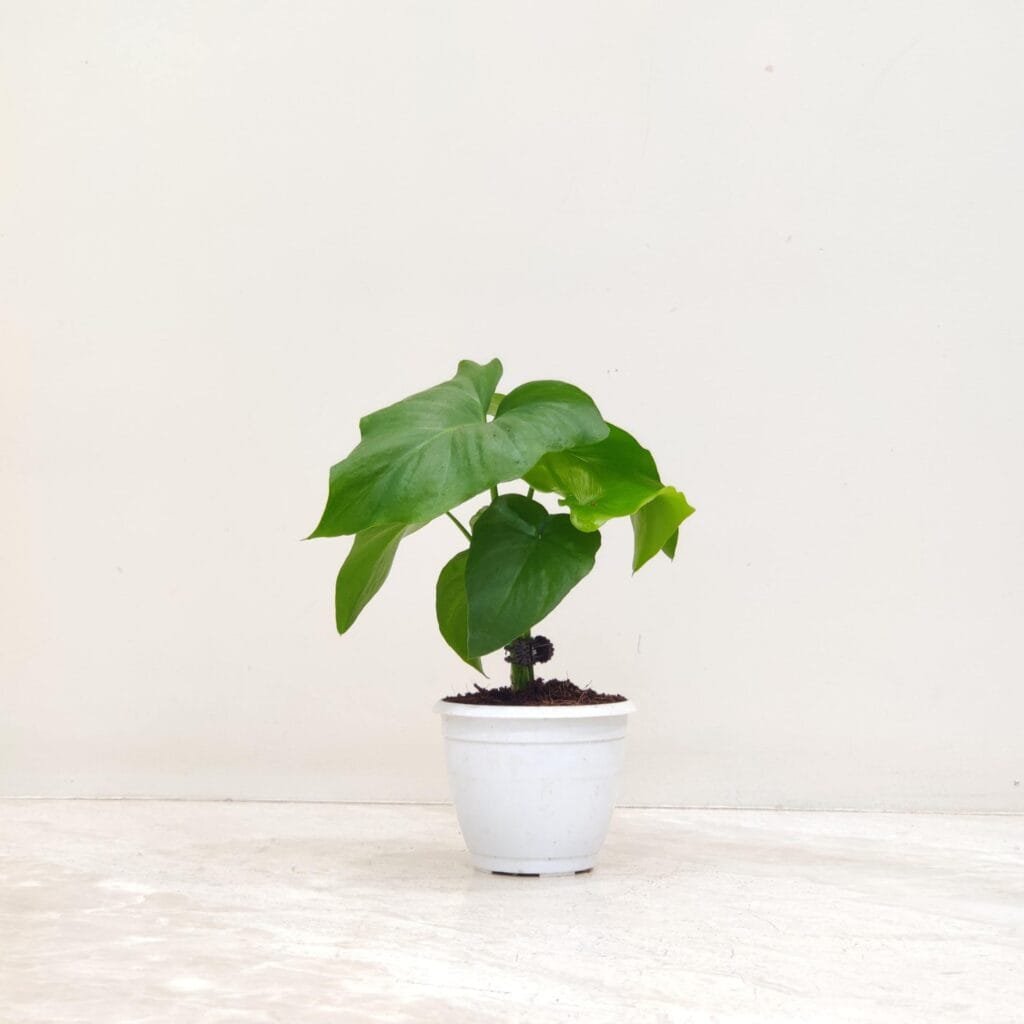
The Heartleaf Philodendron is a fast-growing, trailing vine with heart-shaped leaves that do well in low-light spaces.
- Light: Partial shade to bright, indirect light
- Watering: Allow soil to dry slightly between waterings
- Size: Vines can grow up to 4 feet long
- Bonus: Adds a lush, jungle-like vibe to your indoor space.
8. Chinese Evergreen (Aglaonema commutatum) – The Colorful Foliage Plant
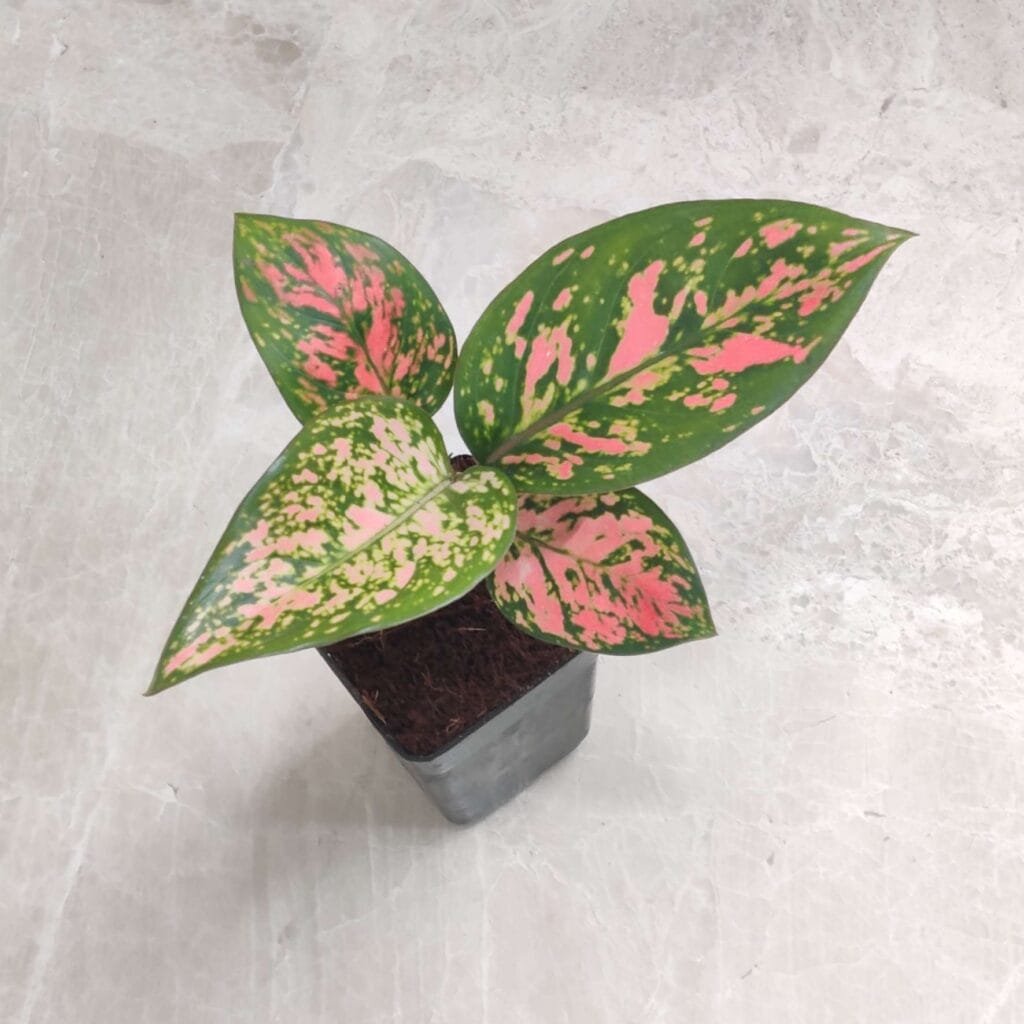
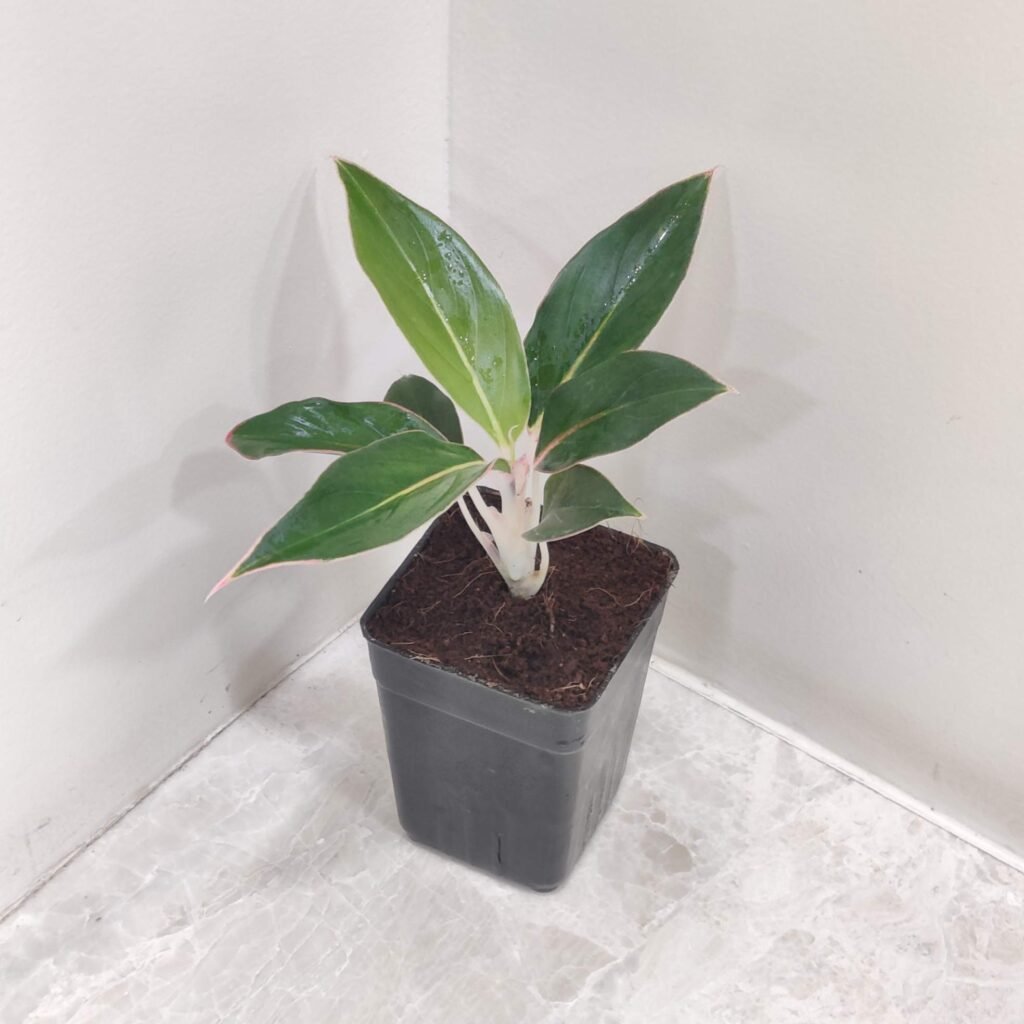
The Chinese Evergreen comes in various colors, including green, red, and silver. It’s a hardy plant that thrives in shade, making it one of the best options for low-light indoor spaces.
- Light: Partial shade to bright, indirect light
- Watering: Let the top 2 inches of soil dry before watering
- Size: Grows 1-3 feet tall
- Bonus: The red variety needs brighter light to maintain its color.
9. Lucky Bamboo (Dracaena sanderiana) – The Feng Shui Favorite


The Lucky Bamboo is not actually bamboo but a member of the Dracaena family. It grows well in both soil and water, making it a versatile, easy-care plant.
- Light: Partial shade to full shade
- Watering: If grown in soil, keep it moist; if grown in water, change the water every 7-10 days
- Size: Can reach 1-5 feet tall
- Bonus: Considered a symbol of good luck and prosperity in Feng Shui.
10. Anthurium (Anthurium andraeanum) – The Vibrant Low-Light Bloomer
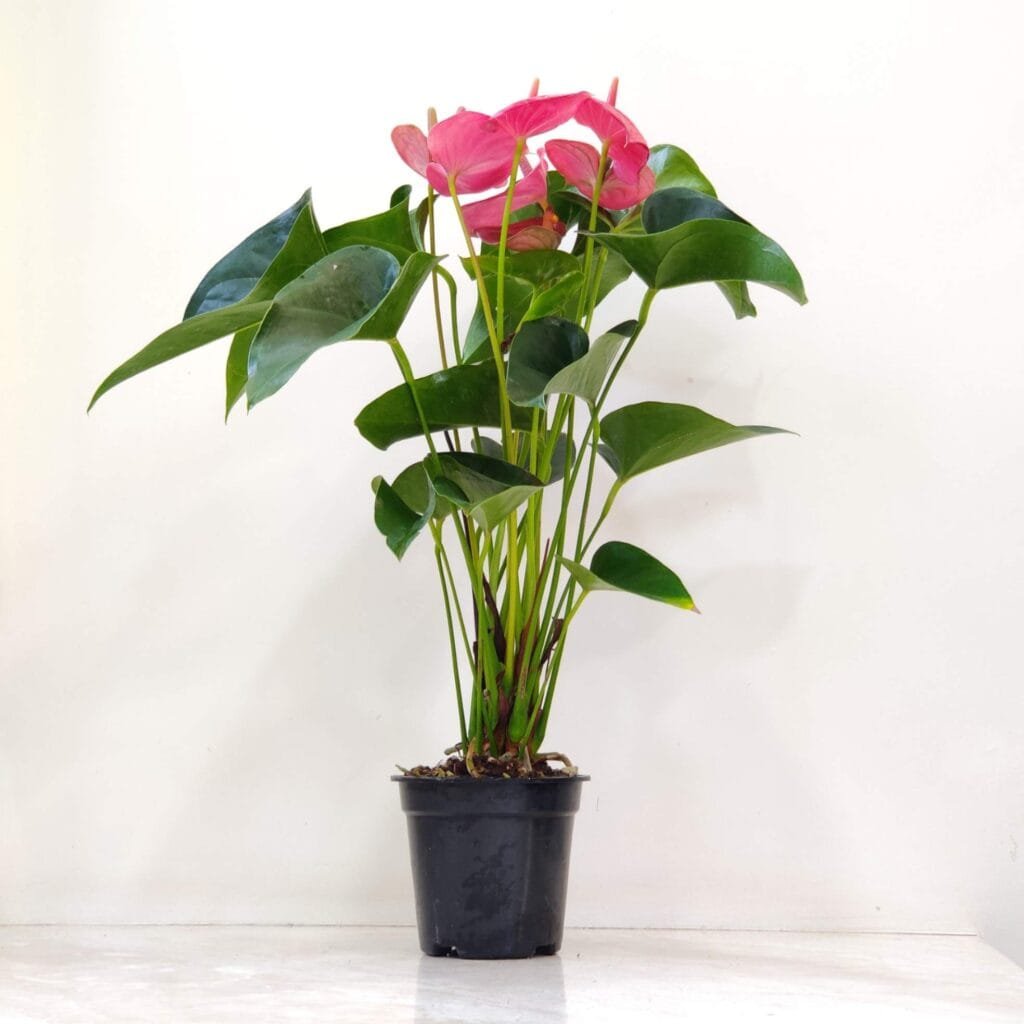
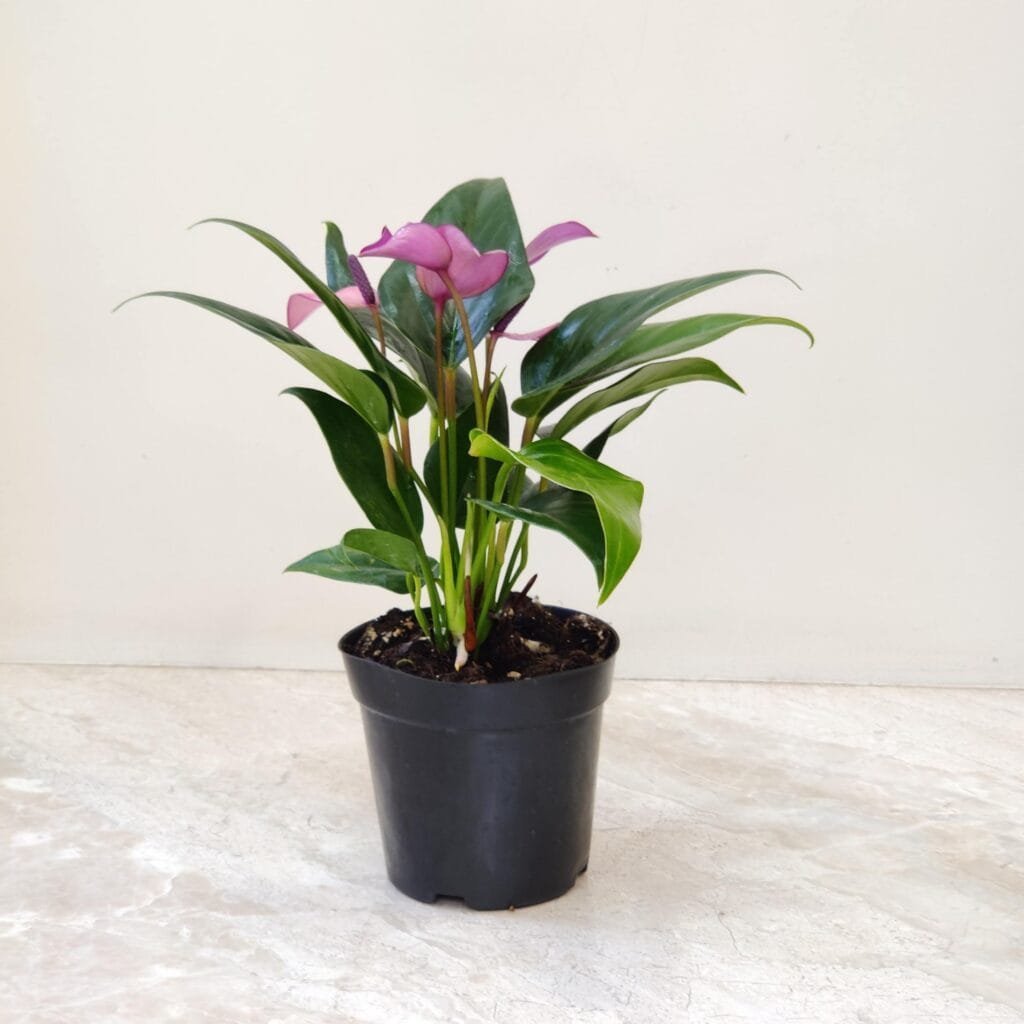
If you’re looking for a dash of color in your home, a Red Anthurium is the perfect choice! Also known as the Flamingo Flower, this low-light indoor plant produces stunning red blooms that can last up to eight weeks, adding a touch of elegance to any space.
- Light: Partial shade to bright, indirect light
- Watering: Every two to three days (keep the soil consistently moist but not soggy)
- Size: Typically grows 12-18 inches tall
- Bonus: Its long-lasting blooms make it a favorite choice for indoor décor and gifting!
How to Care for Low-Light Houseplants
Avoid Overwatering – Since low-light plants grow slowly, they need less water. Always check the soil before watering.
Rotate Your Plants – Even low-light plants benefit from occasional exposure to indirect sunlight.
Wipe Leaves Regularly – Dust can block light absorption, so clean the leaves with a damp cloth.
Use Grow Lights – If your space is extremely dim, supplement with LED grow lights.
Troubleshooting Common Problems
- Yellow Leaves: Reduce watering; provide more light.
- Brown Tips: Increase humidity; use filtered water.
- Pests: Use neem oil and isolate infected plants.
- Drooping: Check for under- or overwatering.
Propagation Made Easy for Low-Light Indoor Plants
One of the most rewarding parts of indoor gardening is multiplying your collection through plant propagation. Many low-light houseplants can be easily propagated, allowing you to grow new plants for free or share them with friends and family. Here are two of the easiest and most effective propagation methods:
1. Water Propagation
Best for: Pothos (Devil’s Ivy), Philodendrons, and Spider Plants.
Why choose water propagation? This method is beginner-friendly and lets you watch roots develop in real-time, which is both educational and visually satisfying. It’s an excellent way to create new trailing plants for hanging baskets, shelves, or tabletop displays.
Step-by-step guide:
- Select a healthy stem cutting just below a leaf node (where leaves emerge).
- Remove the lower leaves to prevent rot in the water.
- Place the cutting in a clean glass or jar filled with filtered water.
- Position the jar in bright, indirect light—avoid direct sunlight.
- Change the water weekly to keep it fresh and oxygen-rich.
- Once roots reach 2–3 inches, transfer the cutting into a pot with well-draining indoor plant soil.
2. Division Method
Best for: Snake Plants (Sansevieria), Peace Lilies (Spathiphyllum), and Spider Plants.
Why choose division? Division is ideal for low-maintenance indoor plants that grow from multiple stems or clumps. It’s a quick way to rejuvenate an older plant while creating new ones that are already well-established.
Step-by-step guide:
- Remove the plant from its pot during repotting season (spring or early summer).
- Gently shake off excess soil to expose the roots.
- Locate natural divisions in the root system—these are clusters of stems with their own roots.
- Use a clean, sharp knife or your hands to carefully separate each section.
- Replant each division in a pot with fresh, nutrient-rich potting mix.
- Water lightly and keep in indirect light until the plants establish themselves.
Pro Tip: Always use clean, sterilized tools when propagating plants to prevent the spread of diseases, and monitor your new plants closely during the first few weeks for signs of stress or pests.
Design & Placement Tips
- Use varying plant heights for visual interest.
- Group plants for a lush display.
- Rotate weekly for even growth.
- Keep leaves dust-free.
Final Thoughts
Even if your home or office has limited natural light, you can still enjoy the beauty of indoor plants. These 10 small houseplants are easy to care for, require minimal light, and enhance indoor air quality. Whether you’re a beginner or an experienced plant parent, these low-light houseplants will add a touch of nature to any space!
Ready to bring more green into your workspace? After choosing the perfect indoor plants for office spaces, learn how to keep them flourishing with our step-by-step guide: Easy Indoor Plant Care Tips for Beginners.
Which of these plants do you have in your home? Let us know in the comments!
FAQs
1. What are some low light indoor plants?
Peace lily, ZZ plant, Cast Iron plant, Philodendron, Pothos, Dracaena, Aglaonema, and Snake plant are all low light indoor plants.
2. How do low light plants survive?
Low light plants have adapted to survive in low light conditions by growing slowly, having large leaves, and tolerating shade.
3. What are some tips for caring for low light plants?
Allow the soil to dry out between waterings, mist the leaves regularly, and avoid placing them in direct sunlight.
4. What are some low light plants that are good for offices?
Pothos plants are good for offices because they remove pollutants like formaldehyde, benzene, and carbon monoxide.
5. What are some low light plants that are good for bedrooms?
Snake plants are good for bedrooms because they convert large amounts of CO2.


